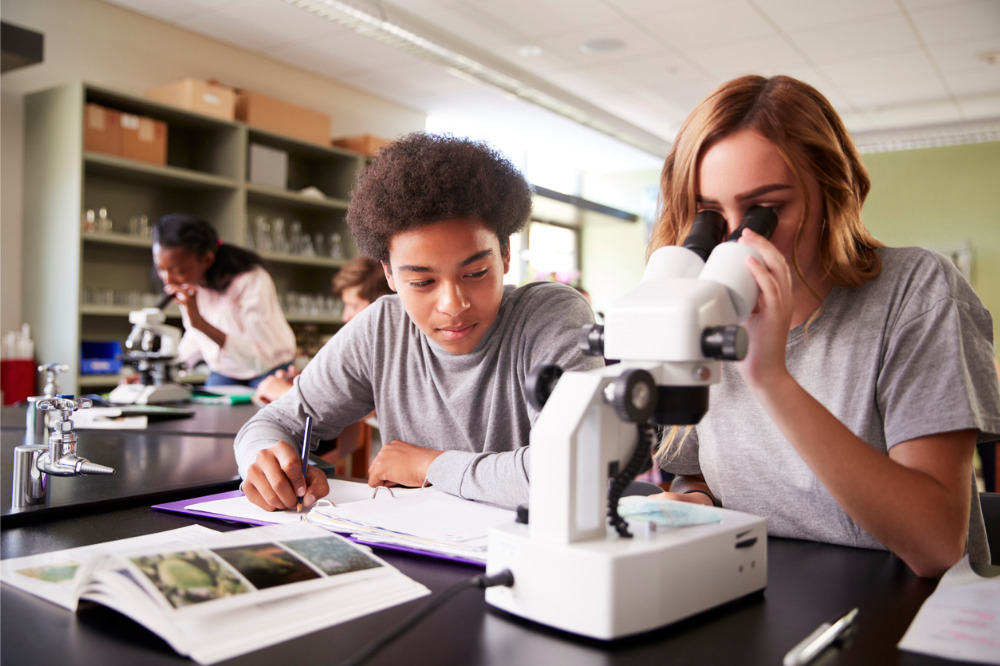
Last week, Federal Education Minister unveiled a raft of proposed changes to the Australian Curriculum he says will ensure the country regains its place as a ‘world power’ in education.
Under the proposed changes, science education will see a stronger focus on inquiry learning, an approach that emphasises “truth seeking” and encourages students to ask questions, develop ideas and make observations instead of merely memorising facts and taking notes.
While students’ learning styles can differ, the hands-on approach has been shown to be more engaging for students who are seeking to better understand scientific concepts and practices, such as dissections, and here, inquiry learning can produce improved outcomes.
Science teachers use of real-life organs for dissection enables students to fully understand the nature and complexity of the creatures they are studying. However, organ availability, budget, and specialist knowledge can all provide huge barriers for teachers looking to teach dissection in the classroom.
To combat this, some schools have turned to ‘digital dissection’ through video and online resources to ensure a whole of class learning experience. The digital version has also been shown to be a great preparation for teachers and students who are planning on completing an in-class dissection.
One organisation helping schools access high-quality, curriculum-aligned video resources for these purposes is ClickView.
While speaking with Australian science teachers issues about the lack of access to organs, the issues of limited dissection equipment and budgets was raised, so ClickView developed a video series on the subject.
Can schools teach effectively via videos?
Edwina Baden-Powell, head of production at ClickView Australia, said video allows a flexible approach to teaching, encouraging a whole-class student interaction with dissection.
“The ability to pause and discuss the content can help enhance the assimilation of information, and allows students to re-watch content in their own time, returning to master or refresh particular concepts,” Baden-Powell told The Educator.
“Clear, illustrative diagrams help convey the structural organisation of each organ, while accompanying educational resources include questions and answers to reinforce the video content”.
Baden-Powell said some science teachers argue that models and computer software cannot provide this kind of deeper experiential experience and understanding, nor does it provide real world experience for those students looking to further their education in this area or potentially work in this field.
“However, these concerns are usually mitigated by the overwhelming benefits of digital dissection, especially when used in conjunction with real-life dissection”.
How dissections build science skills
Baden-Powell said that like most skills, observation improves with practice and knowledge.
“We learn to observe more scientifically when observations are prompted by appropriate questioning, are connected with growing background knowledge on the subject or object under observation, and we are given the opportunity to share, discuss and debate observations,” she said.
Baden-Powell said dissections “take things from a 2D perspective to a 3D perspective”.
“Real life dissections will invariably be different to that of a diagram,” she said.
“They increase the opportunity for students to observe, reason, and identify parts that can in fact look nothing like what they have seen in a textbook or imagined in their reading”.
The ethics of dissection
While there are ethical reasons why some students and teachers would not want to participate in dissections, Baden-Powell said it’s important to remember that all organs available for dissection in Australia come from animals that were set to be euthanised for alternative reasons.
“The cane toad, for example, is a pest animal that is exterminated every day. The ethical side of dissection is also an important area of knowledge for students,” she said.
“Through a consideration of research ethics as part of science inquiry skills, students will examine their own ethical position, draw on ethical perspectives when designing investigation methods, and ensure that any activities that impact on living organisms comply with the Australian code of practice for the care and use of animals for scientific purposes”.


